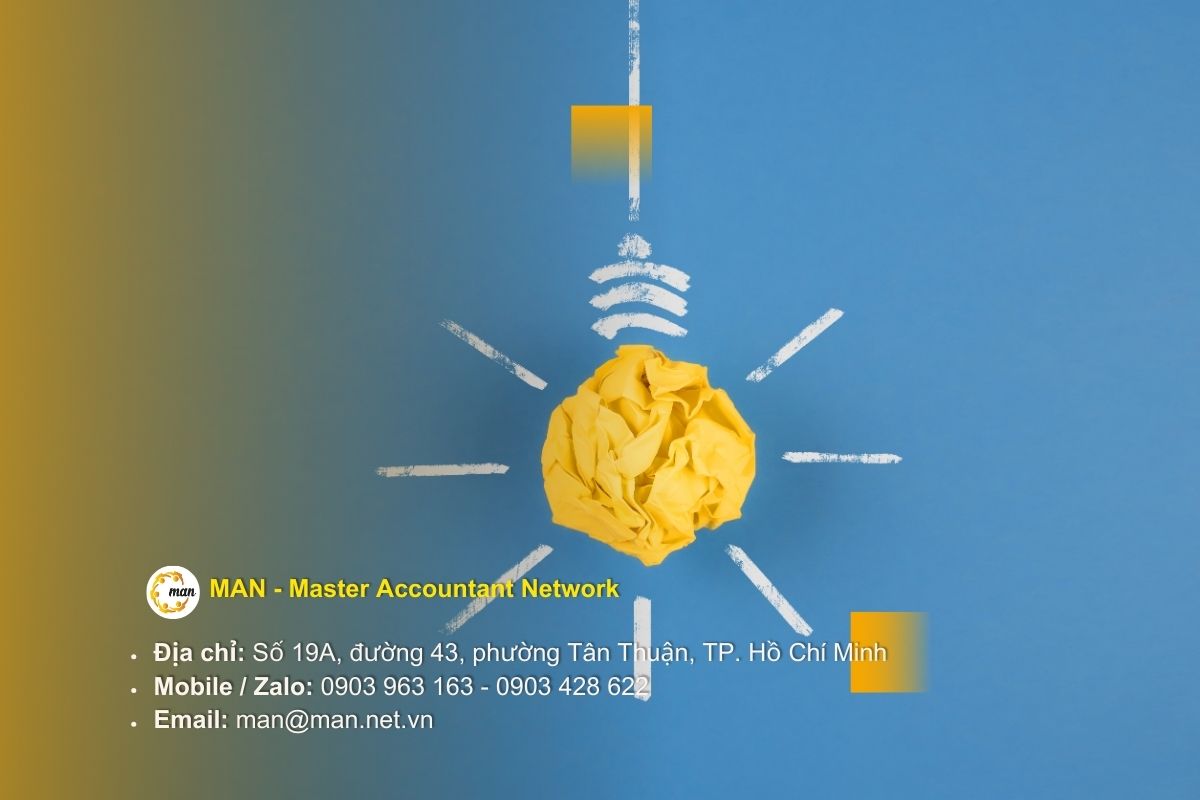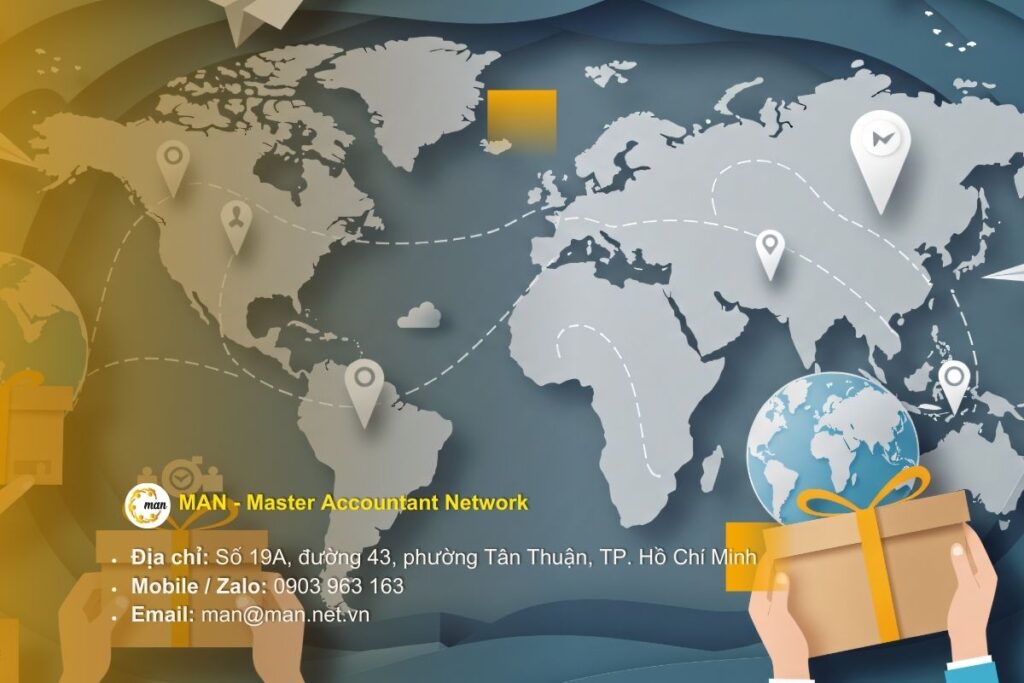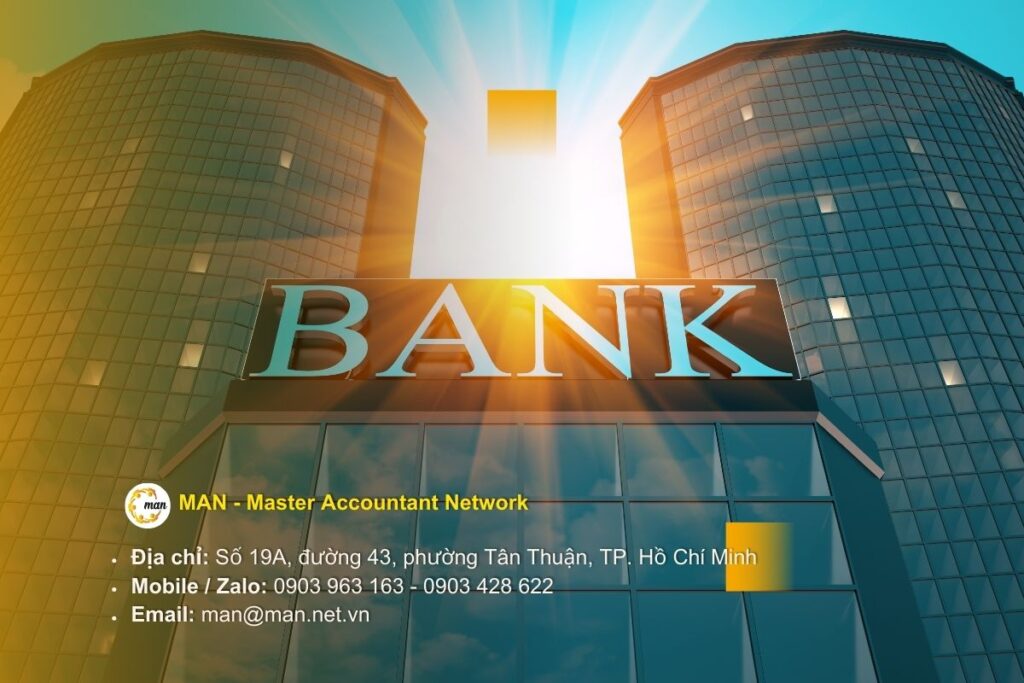The Vietnamese financial market is increasingly developing, inter-bank transactions have become an important tool to help banks optimize capital flows, manage risks and improve business efficiency. However, non-transparent accounting and management can easily lead to legal risks, tax arrears or directly affect profits. At the same time, based on current legal regulations such as Decree 132/2020/ND-CP and Decree 20/2025/ND-CP, to provide businesses with a comprehensive, accurate and practical overview of bank-linked transactions.
Concept and characteristics of interbank transactions
To understand how it operates and manages, let's first learn the basic concepts of bank link transactions.
What is bank link transaction?

Affiliate transactions Banking is the financial activities, services or capital borrowing between banks and parties with direct or indirect relationships, including: parent banks - branches, subsidiary banks, subsidiaries, or financial institutions within the same group. These transactions may include internal loans, guarantees, money transfers, internal financial services, or payments and derivative transactions between related parties.
Special features of affiliate transactions Banking is not simply a normal market transaction but is subject to strict control from regulatory agencies, including:
- State Bank
- Tax authorities and regulations on accounting and cost deduction.
- In particular, interest costs with prices, interest rates or transaction conditions need to be set according to market principles (arm's length principle) to ensure transparency, avoid transfer pricing and protect the financial interests of banks as well as shareholders.
Interbank transactions are an important platform for implementing cost management mechanisms, especially carryforward of overdue interest costs, while ensuring that the bank complies with legal regulations and enhances its reputation in the market.
Common types of transactions in interbank transactions
Interbank transactions often include many types, each with its own characteristics and risks, and at the same time requiring transparent cost management mechanisms.
Intra-group Loans:
- Loans between parent banks and branches, subsidiary banks, or between subsidiaries of the same group.
- With the aim of optimizing cash flow, supporting working capital activities and reducing external borrowing costs.
- If the interest rate, or loan terms do not comply with market principles, it may result in taxes or be deemed illegal by regulators.
Guarantees:
- Banks provide guarantees to related parties to secure financial obligations or contract performance.
- Characteristics: Usually accompanied by a guarantee fee, costs need to be clearly accounted for and controlled to avoid affecting credit risk.
- Guarantee fees and conditions must be transparent according to market standards.
Interbank Transfers:
- Transactions between subsidiaries, branches or other banks in the same group to optimize cash flow and balance capital.
- Risks: errors in accounting and illegal money transfers can cause losses, affecting capital safety ratios and financial reports.
Intra-group Financial Services:
- Includes services such as payments, cash flow management, derivatives services, foreign exchange or interest rate risk management between affiliates.
- Characteristics: These services need to be priced according to market principles and cost accounting transparently, especially in relation to carryforward of overdue interest costs if any
Features of bank-linked transactions
Below is a summary table of the main features of bank-linked transactions, including risks, applicable principles and the mechanism for transferring overdue interest costs. This table helps banks and businesses have a basis for transparency, cost optimization and legal compliance.
| Characteristic | Detail | Meaning |
| Clear linkage. | Arising between the bank and its direct or indirect affiliates: parent bank – branch, subsidiary bank, subsidiary or financial institution of the same group. | Helps determine the legitimacy and legal basis for the transaction. |
| Special nature and financial risks. | Transactions come with cash flow commitments, guarantees, internal loans; interest expenses can exceed the ceiling if not controlled. | Banks need to monitor expenses carefully to avoid the risk of being excluded when settling taxes. |
| Market principles. | Interest rates, service prices, and transaction conditions must follow market principles to be transparent and avoid transfer pricing. | Ensure financial benefits and reputation with the management agency. |
| Tight legal control. | Subject to supervision by the State Bank and tax authorities; detailed records and accounting according to Decree 132/2020/ND-CP and Decree 20/2025/ND-CP. | Helps with legal compliance, reduces legal risk and tax collection. |
| Transparency and cost pass-through mechanism. | Costs, especially the carryforward of overdue interest costs, must be clearly accounted for and fully recorded for easy inspection by the regulatory agency. | Optimize cash flow and tax obligations, while improving financial reporting transparency. |
Through the above table, banks can clearly understand the characteristics and risks and correctly apply the mechanism for transferring overdue interest costs in managing inter-bank transactions, ensuring transparency and compliance with the law.
Risks and challenges in interbank transactions

Interbank transactions bring many benefits in terms of capital flow, cost optimization and support for internal financial management. However, it comes with a series of risks and challenges that need to be clearly identified and managed transparently to comply with the law and protect shareholder interests. Below is a summary table of risks and challenges in interbank transactions.
Board: Summary of risks and challenges in interbank transactions.
| Risks and challenges | Content | Management measures |
| Credit and cash flow risk. | Internal loans or guarantees can create cash flow pressure, if the borrower fails to repay on time it will affect bad debts and profits. | Monitor, evaluate debt repayment capacity and apply internal credit limits. |
| Tax risks and cost accounting. | Interest rates, service fees, or trading conditions that do not comply with market principles may be excluded from taxable expenses, especially interest expenses. | Accurately account for and track overdue interest expense transfers, GDLK profile fully comply with Decree 132/2020/ND-CP and Decree 20/2025/ND-CP. |
| Legal risks. | Violation of capital limits, safety ratios, or failure to complete records will result in legal prosecution and reputational damage. | Comply with Banking Law, Corporate Income Tax Law, current decrees, regular internal monitoring and review. |
| Management and control challenges. | The variety of transactions (lending, guarantees, internal financial services) makes internal controls complex; costs need to be tracked and reported thoroughly. | Build a tight internal control system, transparent costs and prepare accurate reports to serve management agency inspections. |
Through the above table, banks can proactively manage risks, control costs and apply the mechanism of transferring overdue interest costs in inter-bank transactions, improving financial efficiency and legal reputation.
Bank-to-Bank Transaction Management and Compliance Solution
To ensure that inter-bank transactions are both effective and legal, banks need to synchronously deploy solutions for management, risk control and legal compliance:

1/ Establish transparent trading policies
Develop internal regulations on borrowing, guarantees, money transfers and internal financial services, and ensure that all transactions comply with market principles. This is to limit transfer pricing risks and control reasonable costs, especially interest costs.
2/ Accurate cost accounting and management.
Apply a detailed and transparent accounting system, and clearly classify the costs arising from each transaction to ensure accuracy in financial reports. In particular, for overdue interest expenses, it is extremely necessary to monitor and apply a transition mechanism when exceeding the prescribed control level. This approach not only helps businesses optimize cash flow and tax obligations, but also ensures compliance with important legal bases stipulated in Decree 132/2020/ND-CP and Decree 20/2025/ND-CP.
3/ Prepare complete records and reports.
Fully implement the transaction records, accurately record expenses, interest rates, transaction conditions and guarantee commitments to ensure transparency in financial management. At the same time, timely updating and submitting reports according to the regulations of the State Bank and tax authorities is extremely important to help businesses minimize legal risks, avoid the risk of tax arrears and maintain reputation in business activities.
4/ Regular review and monitoring.
Conducting periodic internal audits to promptly detect and correct errors or violations in the accounting and management of related-party transactions. At the same time, training accounting, internal audit and related personnel on legal regulations, accounting standards and tax policies is an important solution to improve management capacity.
In general, understanding the characteristics and risks and applying transparent management solutions and mechanisms for transferring overdue interest costs are the keys to optimizing efficiency and minimizing risks in bank-linked transactions, while protecting shareholder interests and bank reputation in the market.
Conclude
Understanding the characteristics of interbank transactions, risks and applying transparent management solutions and overdue interest cost transfer mechanisms are the keys to optimizing efficiency, reducing risks and ensuring legal compliance in all interbank transactions.
At MAN – Master Accountant Network, a team of experienced tax and accounting experts is always ready to advise and support businesses in implementing cost management solutions. accounting for related-party transactions transparency and compliance with the law, helping businesses confidently optimize capital flow and tax obligations.
Contact information MAN – Master Accountant Network
- Address: No. 19A, Street 43, Tan Thuan Ward, Ho Chi Minh City
- Mobile / Zalo: 0903 963 163 – 0903 428 622
- E-mail: man@man.net.vn
Editorial Board: MAN – Master Accountant Network




